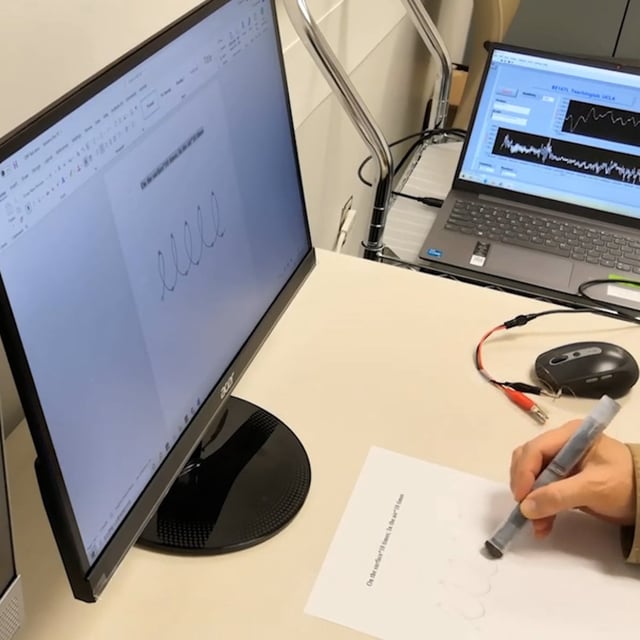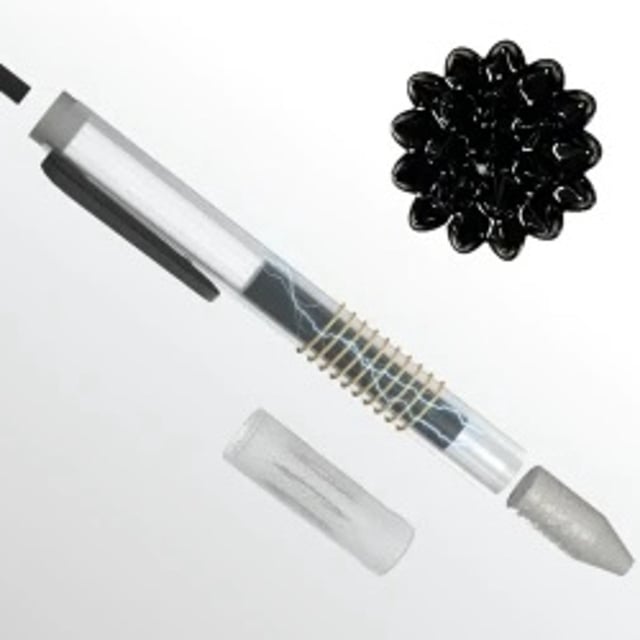Overview
- A small pilot involving 16 participants, including three with Parkinson’s, saw the pen distinguish patients from healthy controls with an average accuracy of 96.22%.
- A soft magnetoelastic silicone tip and ferrofluid ink convert subtle on-paper and in-air handwriting motions into voltage signals without external power.
- Recorded signals are processed by a one-dimensional convolutional neural network that identifies characteristic tremor patterns linked to Parkinson’s.
- Engineered for affordability and ease of use, the pen aims to broaden diagnostic reach in lower-income and resource-limited regions.
- Researchers stress that larger, more diverse trials are needed to confirm accuracy and assess integration into telemedicine platforms.


